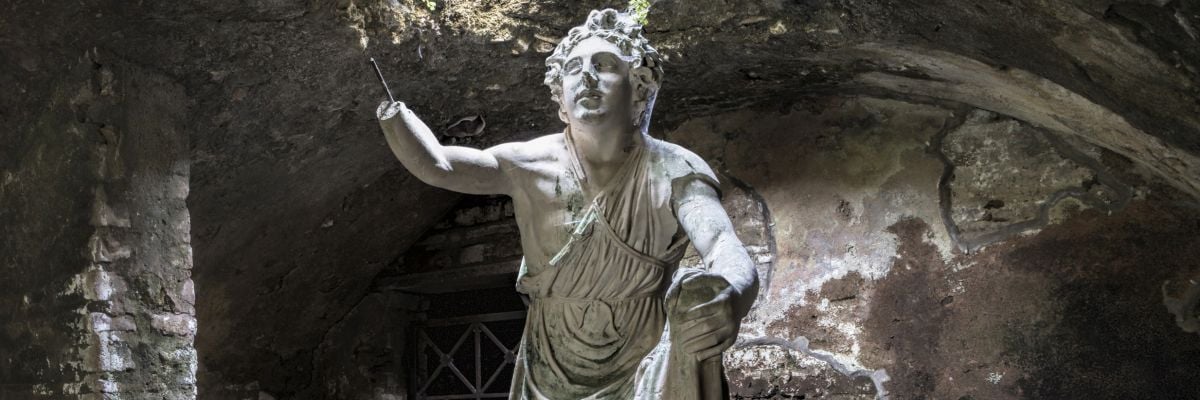
In my last blog I began to investigate the claims of Frank Zindler, former editor of American Atheist Magazine, who believes that the office of the pope is really an extension of the Pater Patrum (Father of Fathers) who presided over the Roman cult of Mithras.
I’ve already addressed the weakness of Zindler’s claim that the Chair of Peter once belonged to the supposed Mithraic predecessor of the papacy, and why the appearance of the zodiac on the front of the chair does not prove occult influence. In this post I will address the remaining charges:
- The Mithraic Pater Patrum was the high priest of the Persian rock god.
- This high priest had a See on Vatican Hill and had the power to “bind and loose.”
The Mithraic Pater Patrum was the high priest of the Persian rock god.
The word pope comes from a Greek word meaning “father.” Because the pope is the head of the Catholic Church, mythicists believe there is a connection between this office and the Pater Patrum (Father of Fathers) of the Mithras cult. Of this supposed Mithraic office, the Original Catholic Encyclopedia (OCE) explains:
The fathers conducted the worship. The chief of the fathers, a sort of pope, who always lived at Rome, was called “Pater Patrum” or “Pater Patratus.” (OCE, Mithraism)
The OCE is a good source for information, but it should be remembered that the scholarship it contains is more than a hundred years old. Since that time, the study of Mithraism has come a long way.
We know from archaeological evidence as well as the writings of St. Jerome that the Mithras cult had seven priestly grades, one of which was “Father.” We also know that there was a Pater Patrum. Highly regarded historian Manfred Claus explains, “[Pater Patrum] is probably not a higher grade, but is to be connected with the fact that there could be several Fathers in one congregation, so one of them became the ‘Father of (the) Fathers’” (The Roman Cult of Mithras, p. 138).
From this it is clear that there was not just one Pater Patrum who acted as an authority over all of Mithraism. This position was necessary wherever there was more than one “Father” in a given congregation. Unlike the pope, who has universal jurisdiction in the Catholic Church, the Pater Patrum in a Mithraic congregation was more like the head of a religious order.
This high priest had a See on Vatican Hill and had the power to “bind and loose.”
Because there was not a single Pater Patrum with jurisdiction over all of Mithraism, the claim that he had the power to “bind and loose” seems rather silly unless we mean it to describe his power within the particular Mithraic congregation he was in charge of.
Vatican Hill received its name from the Circus of Nero (also known as the Circus Vaticanus), and Christians came to use the name Vatican because St. Peter was martyred there.
According to one source, there may have been a temple on the hill long ago dedicated to the Etruscan child-birth deity Vaticanus. But if this temple did exist, it was long-gone by the time Christianity reached the city of Rome. There is no indication that a Mithraic temple ever existed there.
The only way a mythicist can make any connection at all is by picking and choosing from various pagan cults. Either way, there is no evidence to support the claim that the office of pope derives itself from the Mithraic Pater Patrum.



